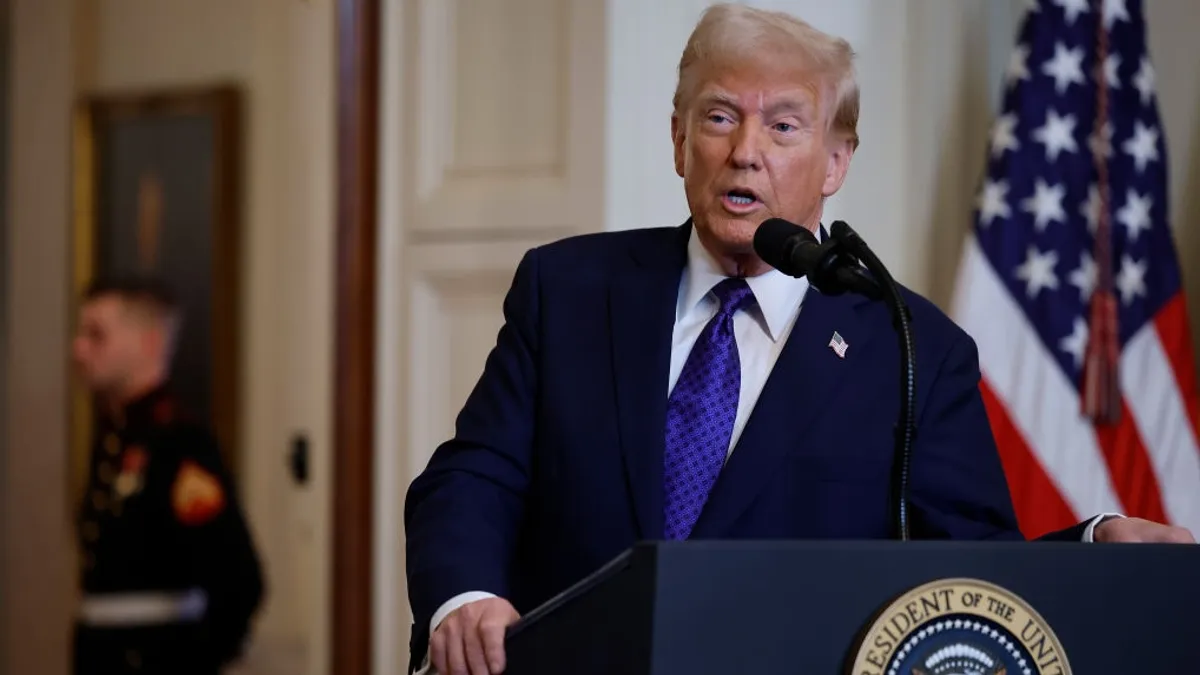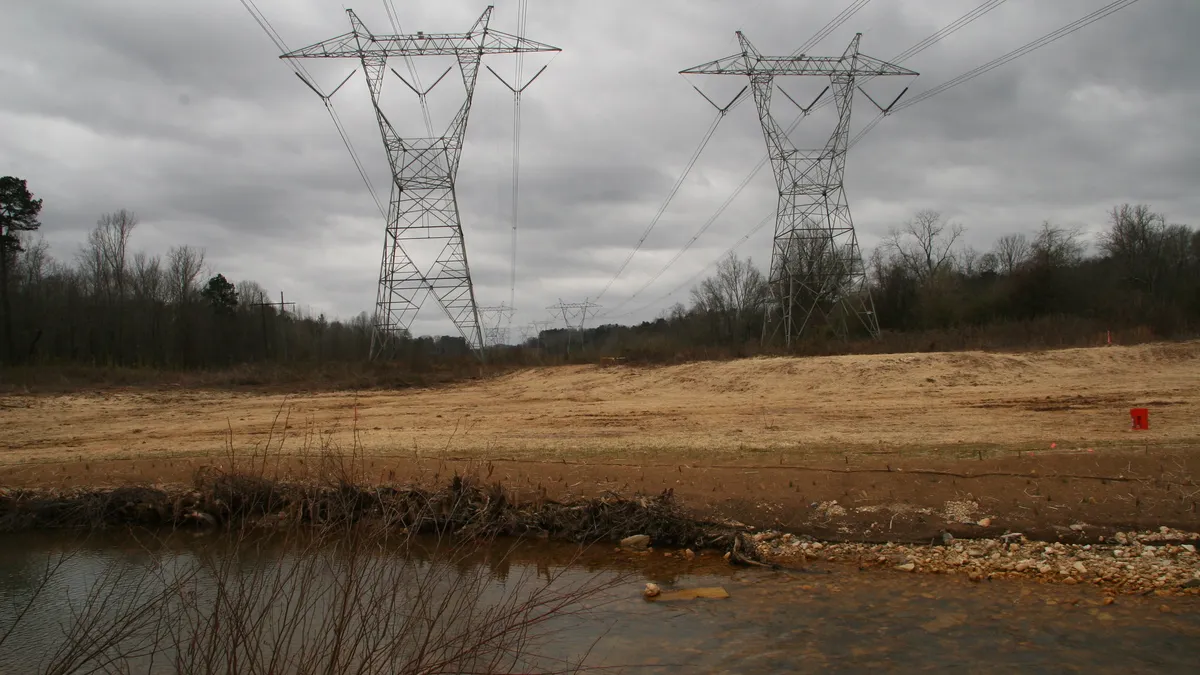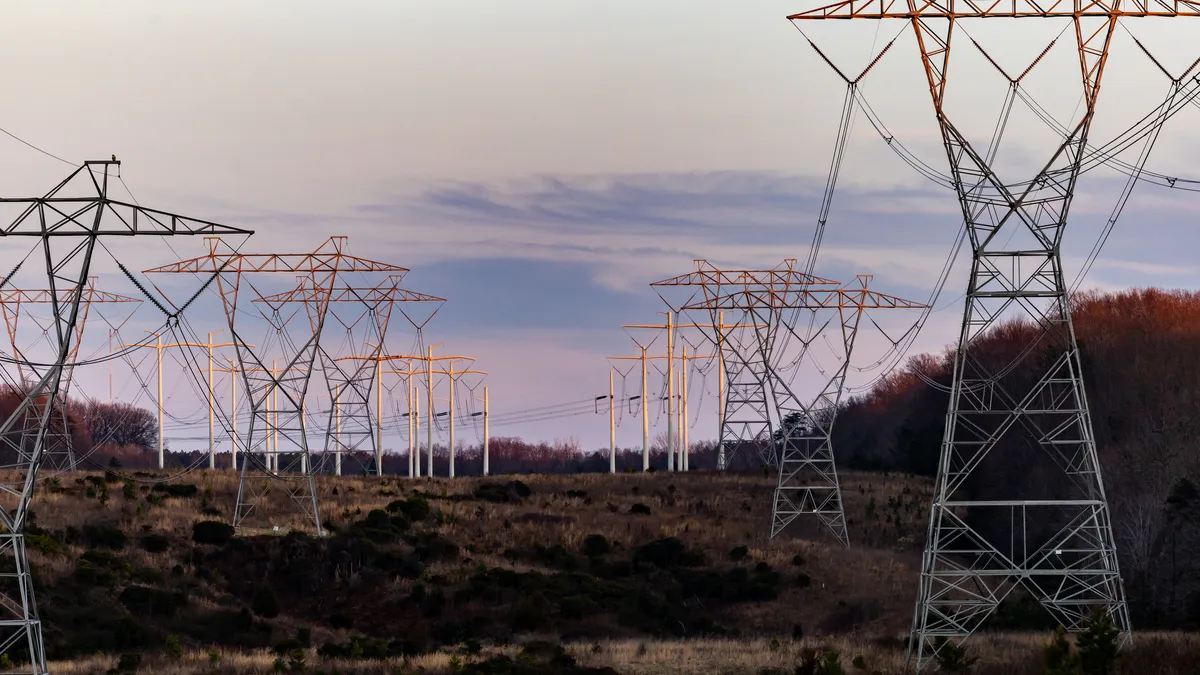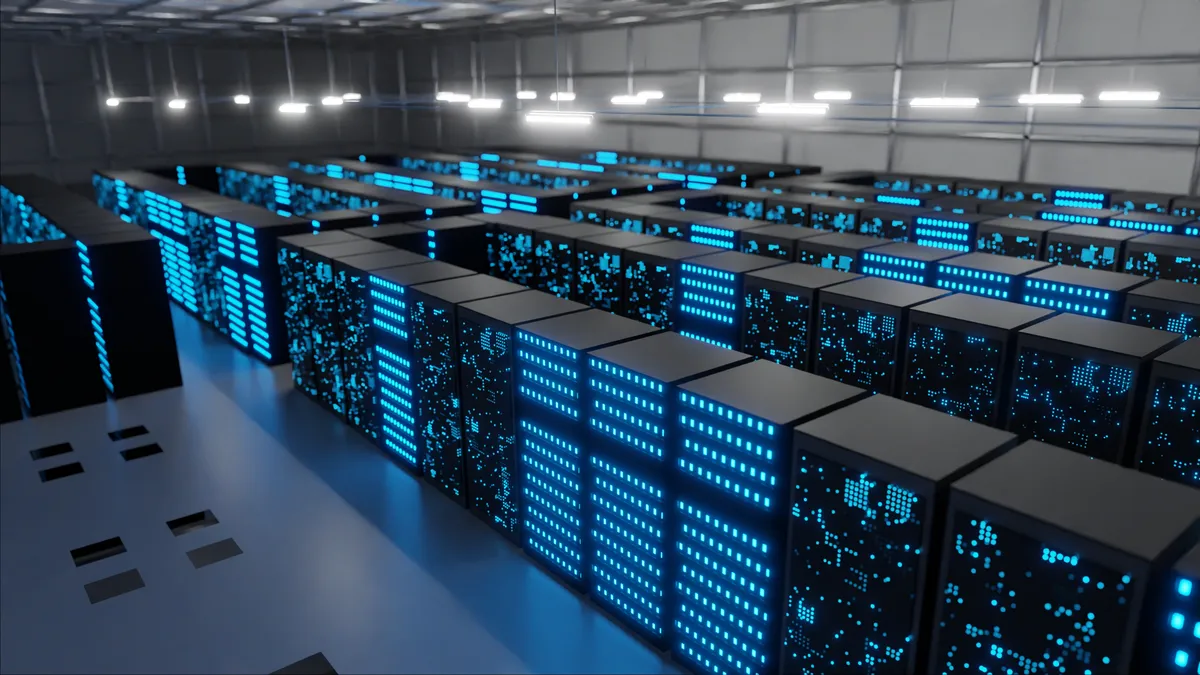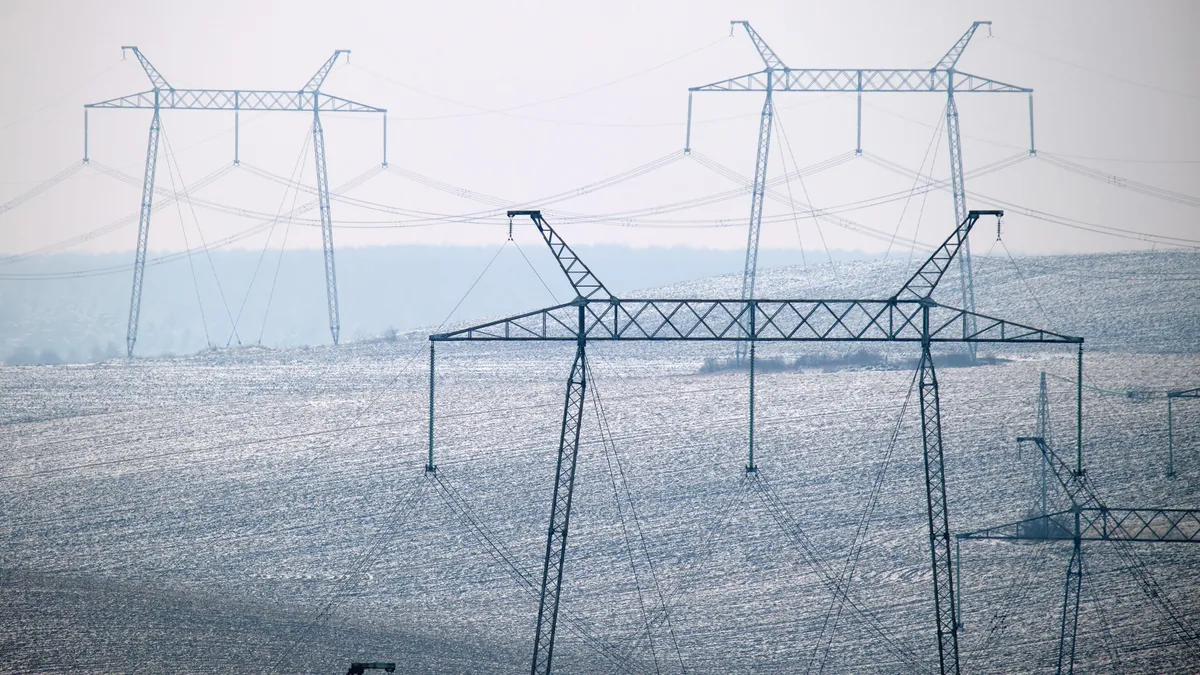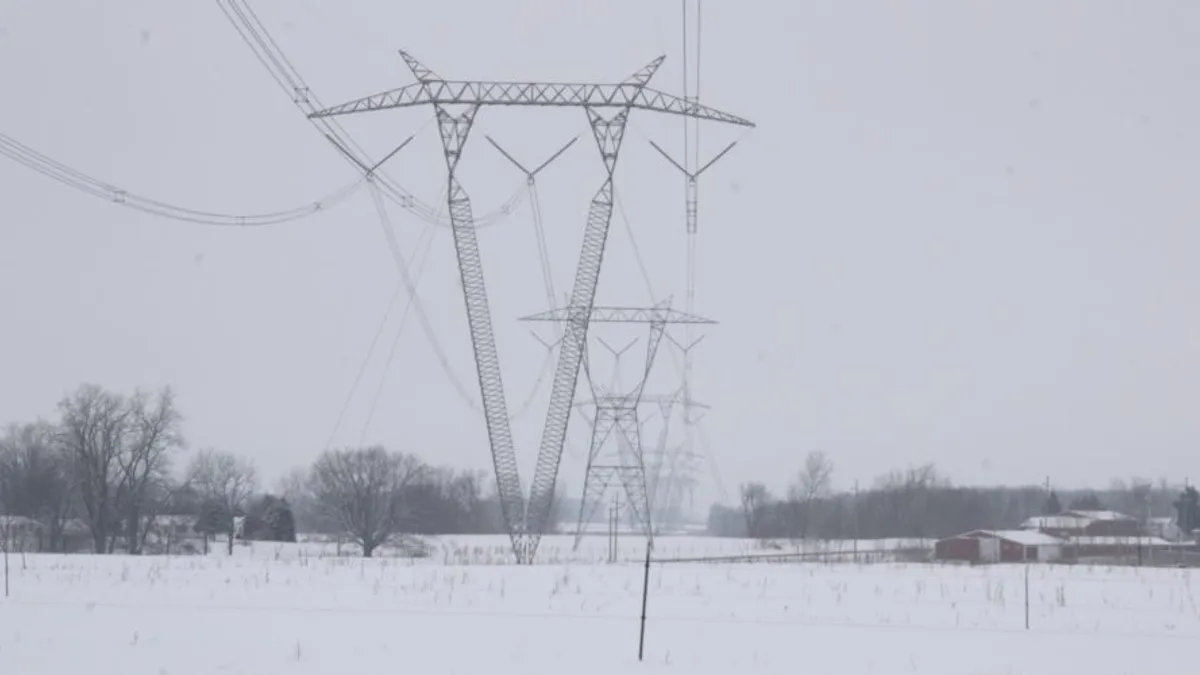The dust is beginning to settle from the wake of Exelon’s takeover of mid-Atlantic utility Pepco Holdings.
The last remaining regulatory hurdle in its way, DC Public Service Commission, finally approved the deal in March after rejecting it twice and attaching several conditions aimed at bolstering renewable energy and reducing the impact to customers’ bills.
Valued at $6.8 billion, the deal cemented Exelon’s role as the biggest utility in the nation by customer base. Now that the merger is nearly a done deal — barring legal challenges — Exelon and Pepco are taking the first steps in addressing Exelon’s vision for its utility business model.
In an earlier interview with Utility Dive, Exelon’s CEO Chris Crane spoke about the company’s overarching ambitions to boost reliability and push grid modernization efforts across the board.
“Our strategy is to continue to invest and optimize the grid and the customer experience,” Crane said “Having the PHI merger close and starting that integration is a big step forward on that strategy.”
Pepco CEO David Velasquez echoed similar sentiments at Distributed Sun’s New Energy Summit last week.
“We’re seeing customers having a wider array of choices and they need to understand our system to enable these choices,” Velasquez told Utility Dive in an interview. “And we should also be helping our customers be able to take advantage of those choices.”
A traditional transmission and distribution utility, Velasquez said Pepco is focusing on traditional infrastructure as well as promoting new technologies.
With that in mind, Pepco is focusing on five upcoming rate cases in its mid-Atlantic service territory, which will focus on new rate designs and distributed energy pilot projects as well as traditional infrastructure investments, Velasquez told Utility Dive.
Distributed energy resources
“The way we stay relevant to our customers is by providing them with choices,” Velazquez told the crowd at the New Energy Summit. This statement came moments after he called the death spiral of the utility business model overstated.
“I would say the demise of the electric distribution utility is overstated,” he said. “I see it becoming more valuable but used in different ways. I think there’s a lot of value that the grid provides.”
Right now, the grid is a jumping off point to test out new consumer-oriented options, like energy efficiency and rooftop solar.
“For us at Exelon it’s an exciting opportunity,” he said. With the merger, Pepco will be able to leverage a larger pool of expertise.
“Part of the Exelon family is Constellation ... we’ve been in the distributed energy business in 2007,” he said. “That’s what kind of holds the story together ... that we are able to provide our customers wherever they are with a set of options they find attractive.”
Pepco has yet to roll out a suite of DER offerings, though Velazquez pointed out that they were testing an electric vehicle program in Maryland.
“DERs are just one of the many choices customers ... we just did a rate pilot in Maryland to test different sets of electric vehicle rates as a pilot to see how customers respond and what they found useful and and what they didn’t find useful.”
Storage also has a lot of untapped potential, but “ it’s not quite there yet and we as a utility need to understand how that works and get involved in that area as well.’
Before that happens, rate reforms are necessary to ensure those technologies are properly compensated and, more importantly in Velazquez’ eyes, that all costs to maintain the grid are equally distributed.
“Our revenues of course decline (with grid defection) and I think that’s why I think we need to work with regulators and customers to come up with rate structures that allows the grid to remain in place.”
With that in mind, Pepco chose Delaware as the place to try their hands at implementing residential demand charges. It’s too early in the proceeding to see how that will play out, but if history is any indication, it will likely not go over well with the solar sector.
Delaware and demand charges
Demand charges have historically been implemented for commercial and industrial customers, but the recent proliferation of DERs have changed that.
Now demand charges for residents are being weighed in several regulatory proceedings as a way for utilities to recover fixed costs and compensate for the proliferation of distributed resources.
“We’ve had conversations in the jurisdiction of Delaware around demand-based rates for residential customers as a way of giving customers a rate structure that allows them to make choices but still allows us to be compensated for the services they provide,” Velazquez said.
But usually such debates have taken a heated turn.
Two Arizona utilities are embroiled in proceedings over proposals to implement mandatory demand charges on residents — particularly those with rooftop solar.
But critics say that particular rate design inadvertently punishes customers looking to cut down bills. Their complexity also makes it hard to educate customers.
Conversely, time-of-use rates have proven more popular among the solar sector for its easier-to-understand concept and more refined way to align price signals during peak demand. Despite the historical animosity surrounding this particular rate design, Velazquez optimistically said consumers should be able to understand it.
“I don’t know what will happen. It’s hard to predict the future but certainly it’s a conversation worth having because if it’s not demand- based rates, what is it again that provides a fair and equitable system for customers paying for what they use?”
Microgrids
Beyond rate design, Pepco has in the past started experimenting with microgrids. A recipient of a Department of Energy Sunshot grant, Pepco’s involvement in microgrids started well before the Exelon’s takeover.
In the hearings afterwards, concerns arose over a possible conflict of interest for D.C. Water’s Blue Plains microgrid project, which included 7 MW of solar. In a request for proposals, the water utility chose Washington Gas and Energy Services as the developer. WGE struggled nail down an interconnection agreement with Pepco.
But D.C. PSC Commissioner Betty Anne Kane noted that when D.C. Water announced that Exelon was going to build out the solar facility, “now suddenly the interconnection problem goes away.”
Critics said the issue illustrated how the deal could stifle competition for third party developers.
Velazquez dismissed those concerns. At issue with that particular microgrid was the developer, he said. According to Velazquez, the developer failed to complete the project for Pepco’s customer, so they offered up Exelon’s Constellation instead.
“I thought it got taken wrong and people we’re saying we’re trying to squelch competition,” Velazquez said. “We already want to enable third party providers to be able to work with customers because again it’s all about what the customer wants.”
Despite Pepco’s assurances, Commissioner Kane attached a condition to the settlement that took Exelon off the list of developers for the project.
Even with the setbacks, Velazquez said he still sees a role for the utility to develop microgrids.
“There are a lot of locations in our service territories, not just here but in other Exelon companies where we can see if there’s a public purpose for microgrids as well,” Velazquez said. “ As this market develops, I think we can help the market move quicker and we can learn from the market by actually helping install some of these microgrids.”
Down the road
In addition to the upcoming five rate cases, Maryland just began a proceeding reminiscent of New York’s Reforming the Energy Vision (REV) to examine the value of distributed energy resources. Part of that effort encompasses rate reforms, advance metering efforts, streamlining the interconnection process and valuing energy storage.
A grid modernization effort from D.C. regulators is also coming down the road within the next few months. With all these proceedings converging, Velasquez maintains that the role of the utility will likely not change from a distribution platform, nor does he sees Pepco impeding progress when it comes to technologies.
“Pepco has been here 120 years, that’s been our role for 120 years and it will continue to be our role. For 120 years its been our job to provide a grid for everyone to use that is safe and reliable and sustainable. That will continue to be our goal going forward.”







